Eating healthy can seem like a challenge in winter, with the absence of fresh fruits and vegetables and the cold weather encouraging cravings for baked goods and hearty fare. It’s important to look to goods that can be stored, including legumes, nuts, seeds, and frozen foods, to keep meals supercharged with nutrition. By combining shelf-stable foods with some hearty winter vegetables available at farmers markets during the cold months, it’s possible to keep a diverse selection of “superfoods” around to feel and look good all season long.
Cabbage
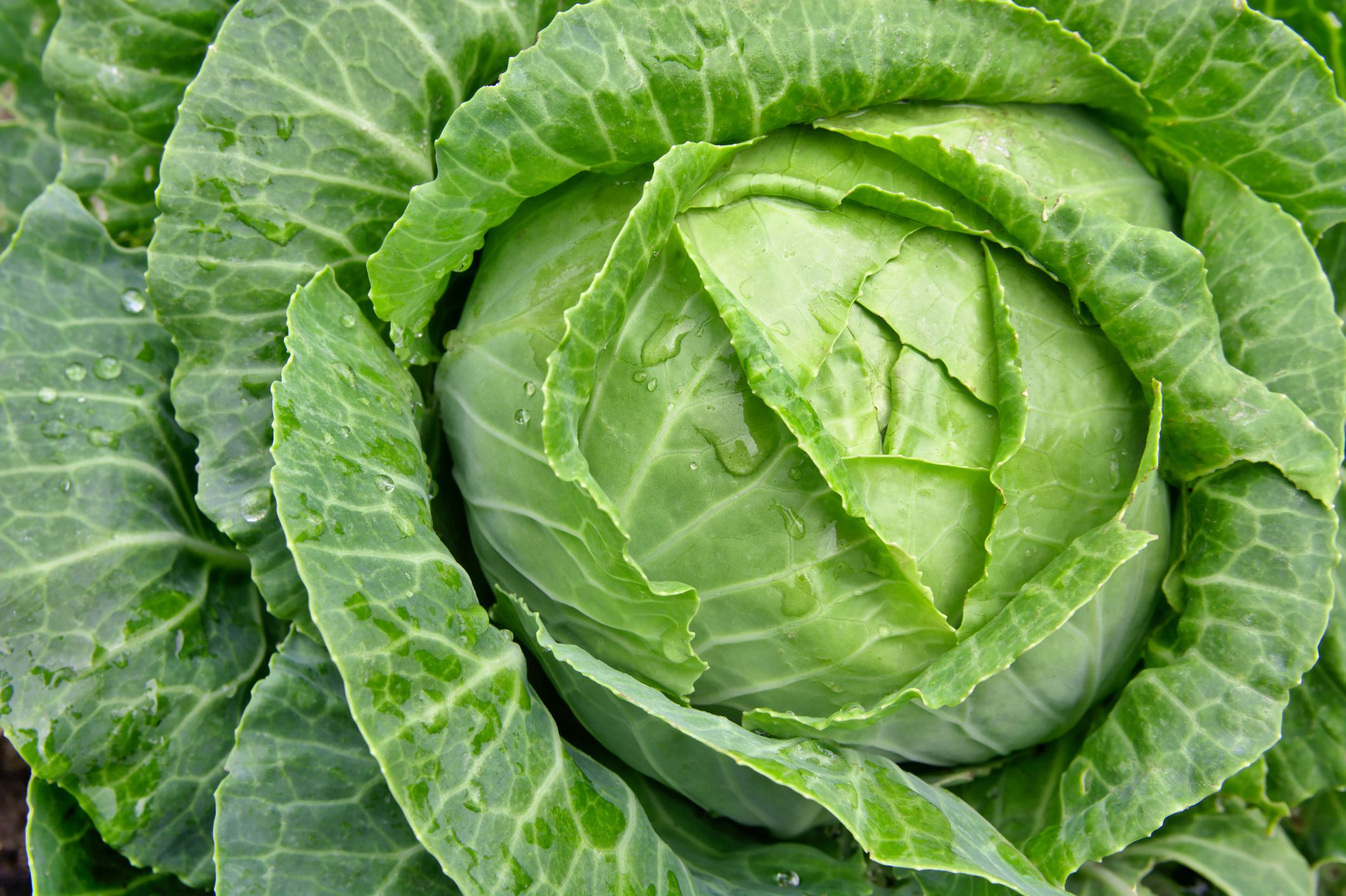
Full of fiber and touted for its gastrointestinal benefits since Roman times, cabbage is a go-to winter staple. Use it to make a quick slaw to break up hearty roasts or stews, or add it to any sautéed dish to soak up pan juices and add bulk. In Mexican cuisine, cabbage is often used as a crunchy topping instead of the shredded lettuce typical in the United States, which is harder to find fresh in winter.
Eggs

Farm-fresh eggs are available year-round and an inexpensive and efficient source of protein. From breakfasts to dinners, eggs can round out a meal to make it nutritionally complete and satisfying.
Lentils and Beans
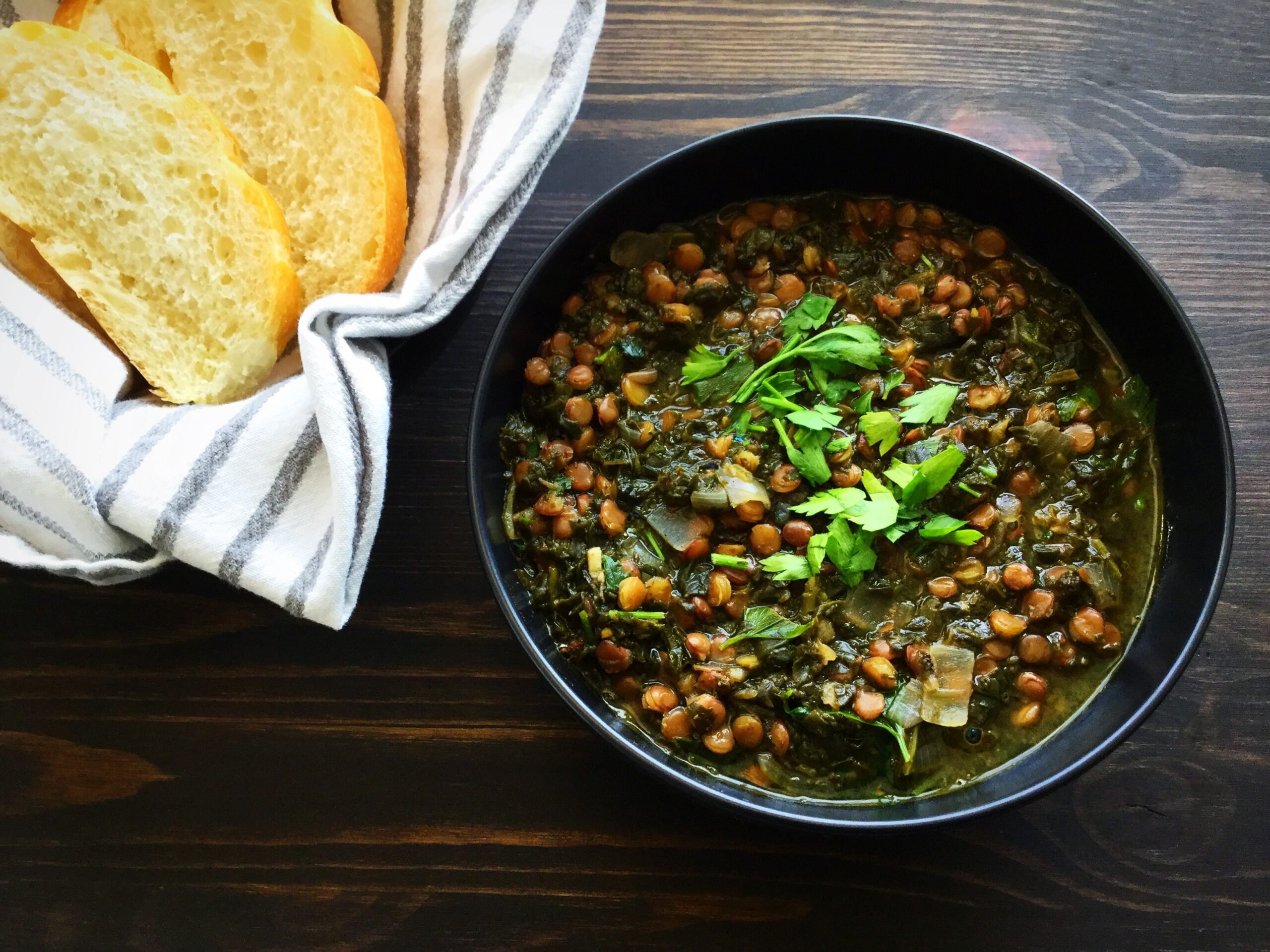
Dried lentils and beans stay good for years and offer a wealth of vitamins, minerals, and protein. Adding cooked versions of these inexpensive legumes to salads, or making them into warming soups, can help you stay satisfied without overindulging in meat, carbs, or other expensive alternatives.
Oats
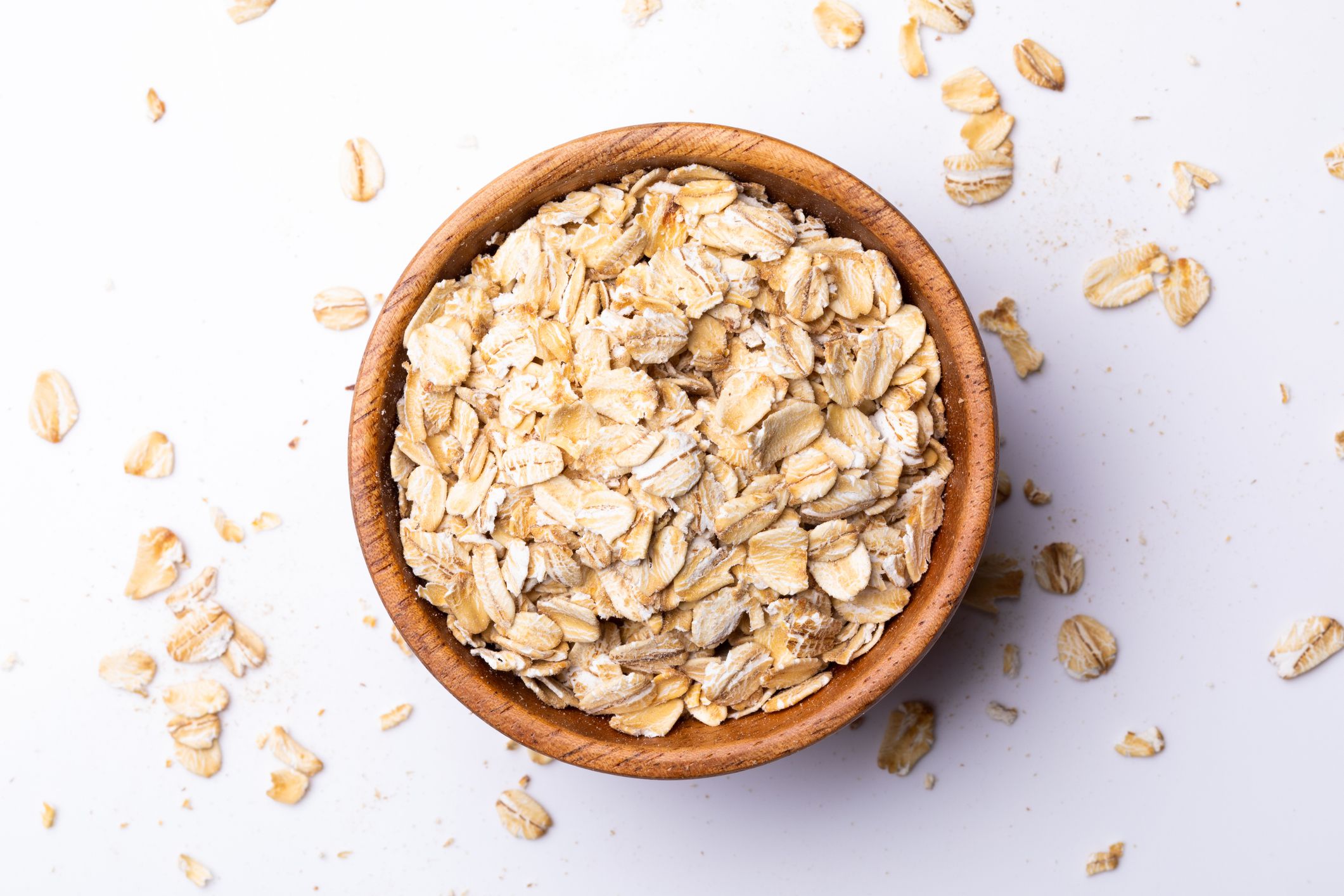
Dried oats have been a staple in many parts of the world for centuries. Their high-fiber content keeps you full longer while helping control blood sugar spikes and lower bad cholesterol levels, which is key for optimal heart health. Cheap and shelf stable, oats can be kept on hand for morning porridge or simply to add bulk to baked goods.
Winter Squash
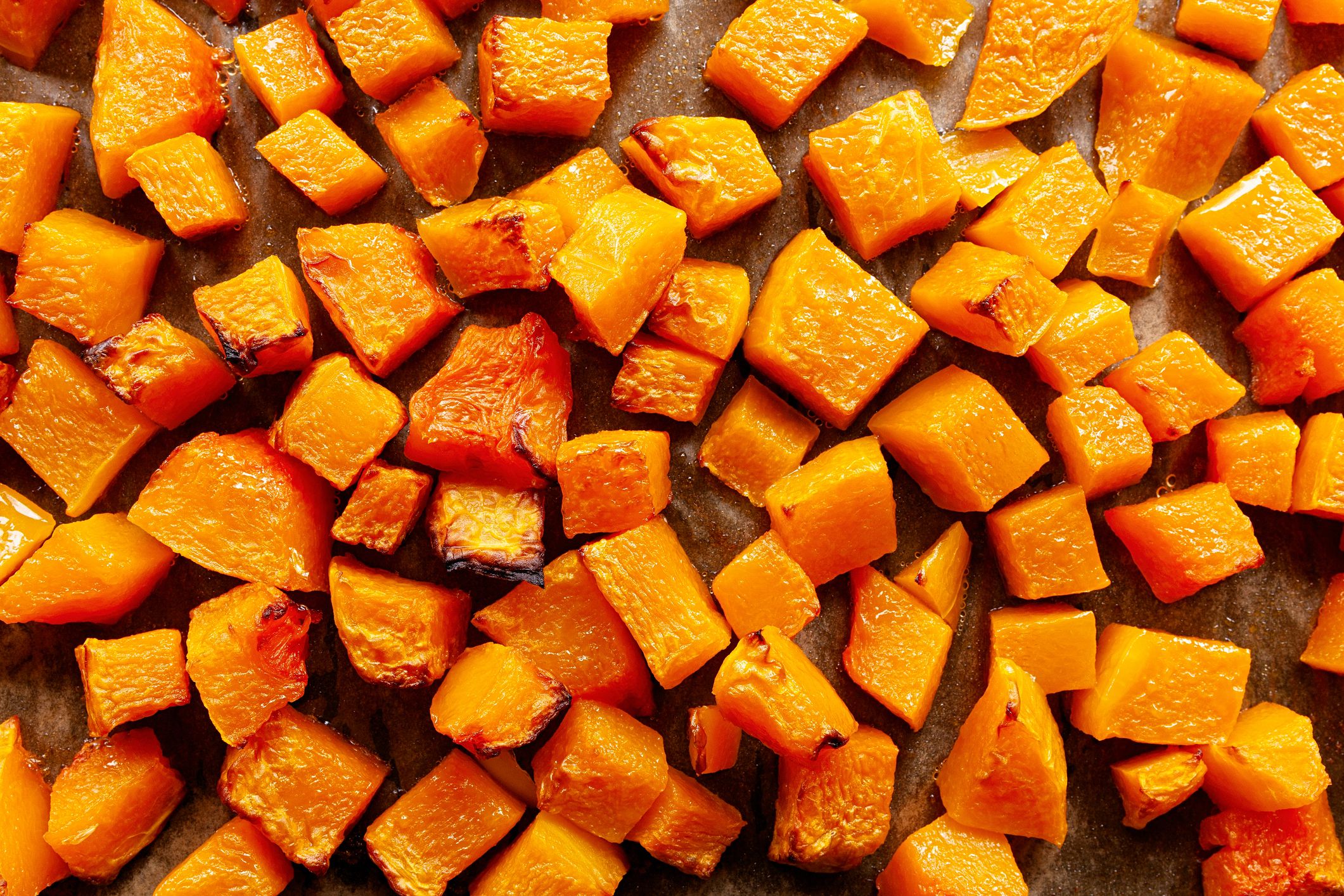
There are so many varieties of winter squash that a different one could be used every week for months without running out of options. Low in calories, high in flavor and nutrients, squash is one of the healthiest foods available in the colder months. Get creative and keep it interesting by switching up varieties in traditional recipes, such as a butternut squash pie, acorn squash spiced muffins, and delicata soup.
Trending on Cheapism
Radishes
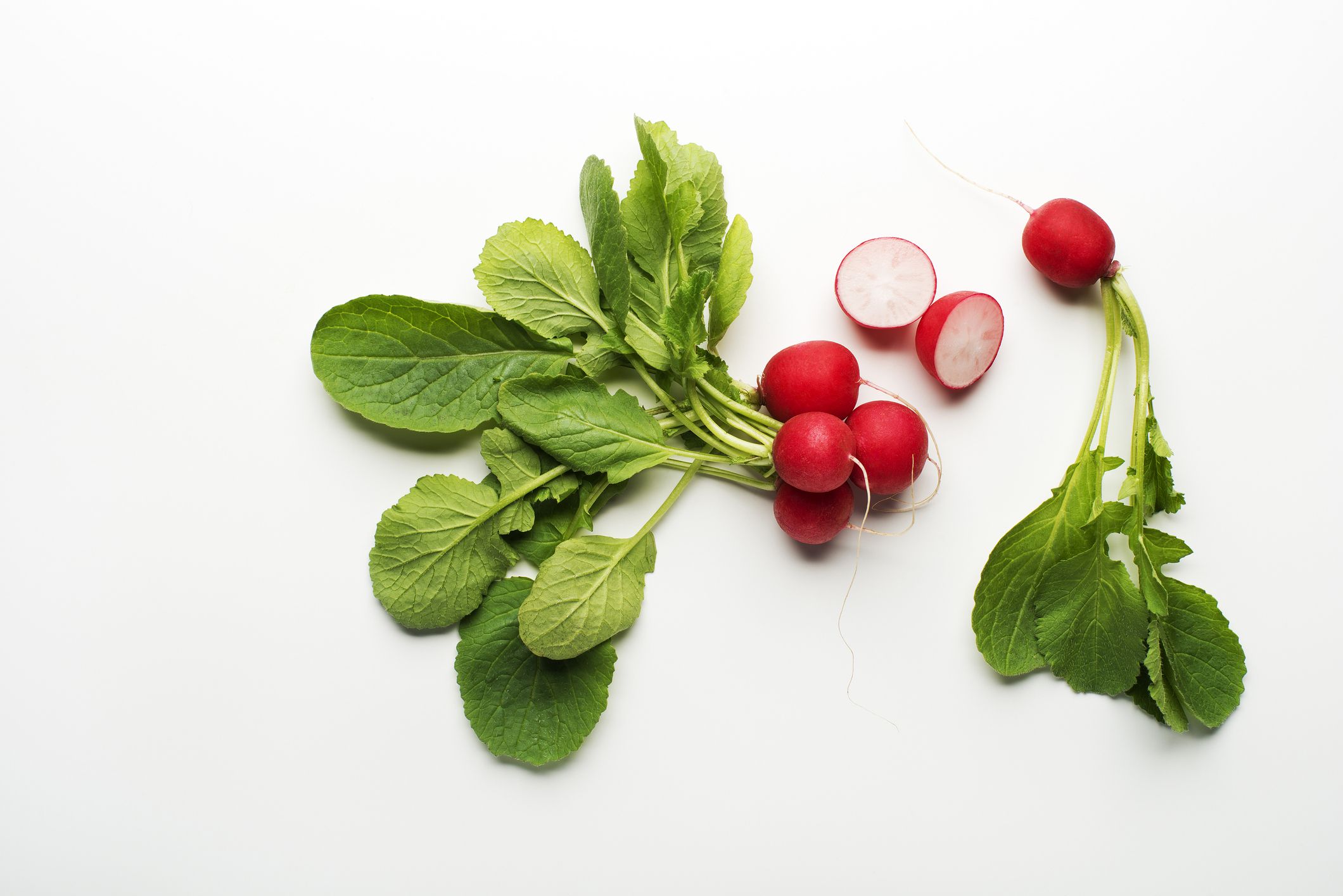
Spicy and crisp radishes often get overlooked at the market, which is a shame. They are full of vitamins and lots of hydrating water, which makes them virtually calorie free. Shredded radishes work well in salads or to add crunch to sandwiches, and spiralized radishes work as a carb-free noodle replacement in hot brothy soups.
Turnips
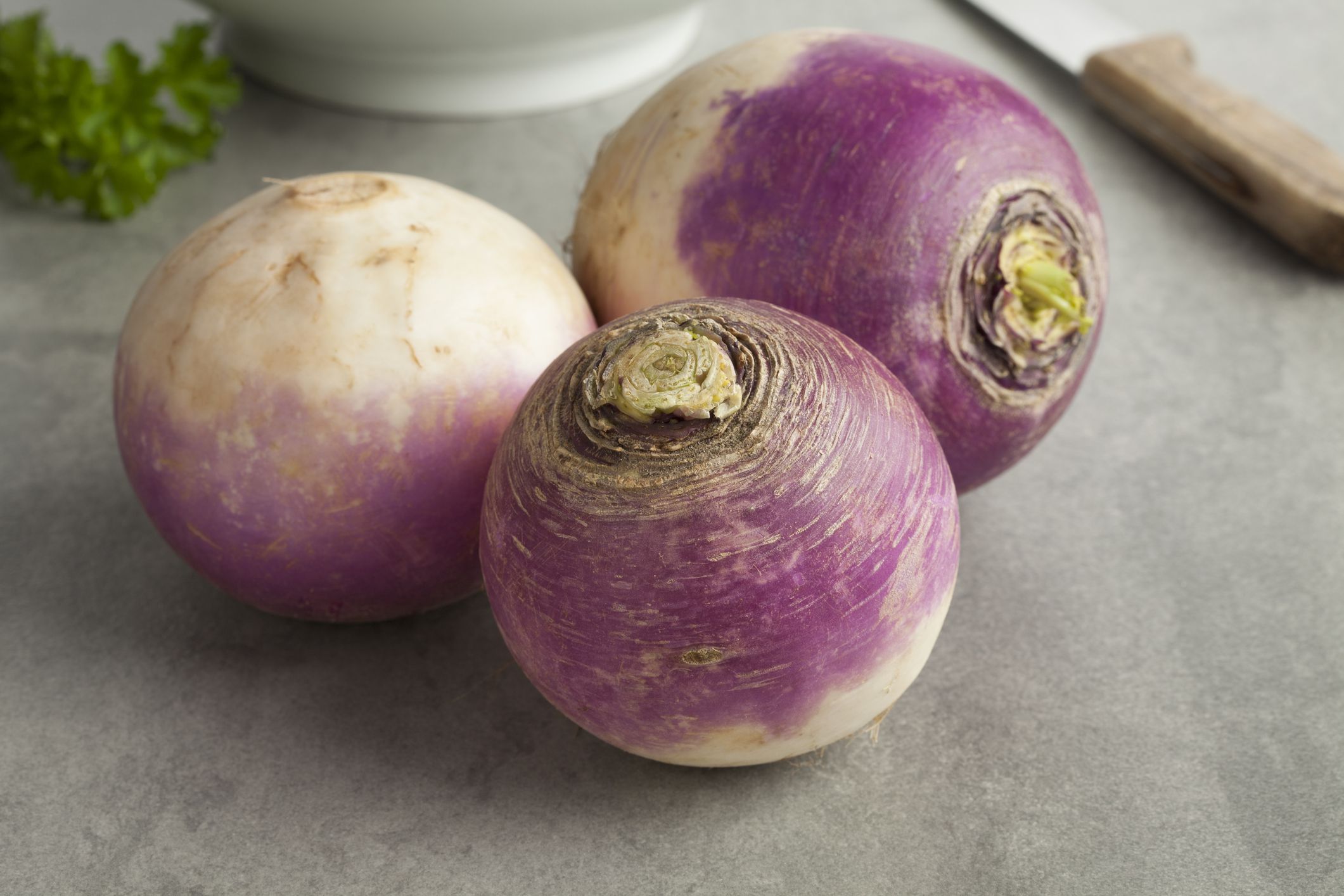
Similar to the beloved potato, turnips are inexpensive and available throughout the winter in small and large varieties. They can also be used in many of the same ways, from mashed to roasted, but are lower on the glycemic index. Add turnips to a potato recipe to diversify the nutrition.
Brussels Sprouts
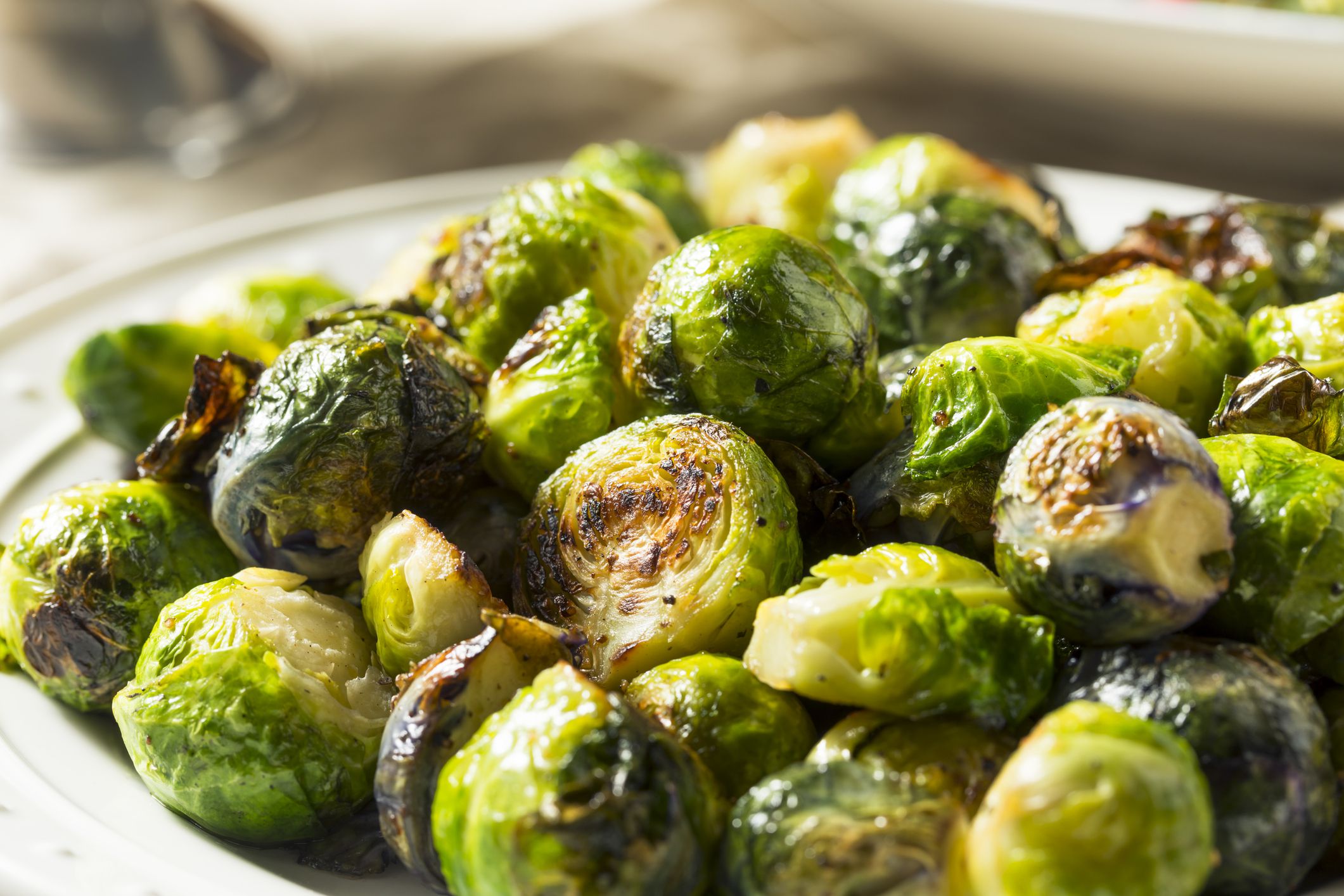
Sign up for our newsletter
Nuts and Seeds
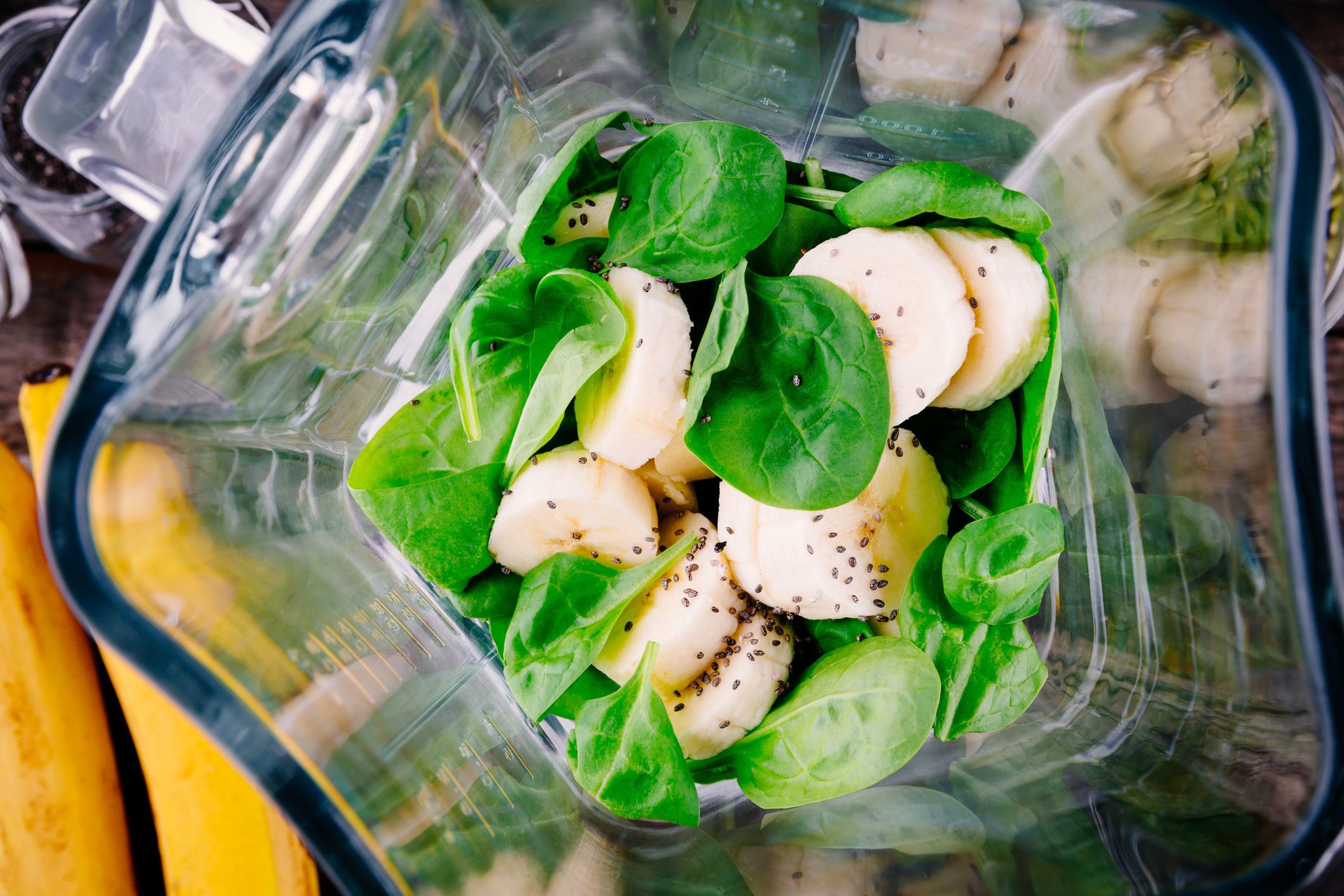
Nuts and seeds are rich in minerals, essential oils, and protein, all of which contribute to optimal brain function, smooth skin, and more. Almonds are especially hearty and healthy, and seeds such as chia and flax offer a variety of gastrointestinal benefits. Include these in a winter diet in homemade smoothies or as a snack.
Green Tea

Tea is especially comforting during cold winter months, and green tea has long been associated with weight management and provides a potent dose of antioxidants. Increase the effects of green tea by squeezing a bit of lemon into it. Starting the day with a hot cup is a natural and healthful way to get going in cold weather, and this superfood alternative can be swapped for afternoon coffee for a caffeine boost.
Sweet Potato

Frozen Berries
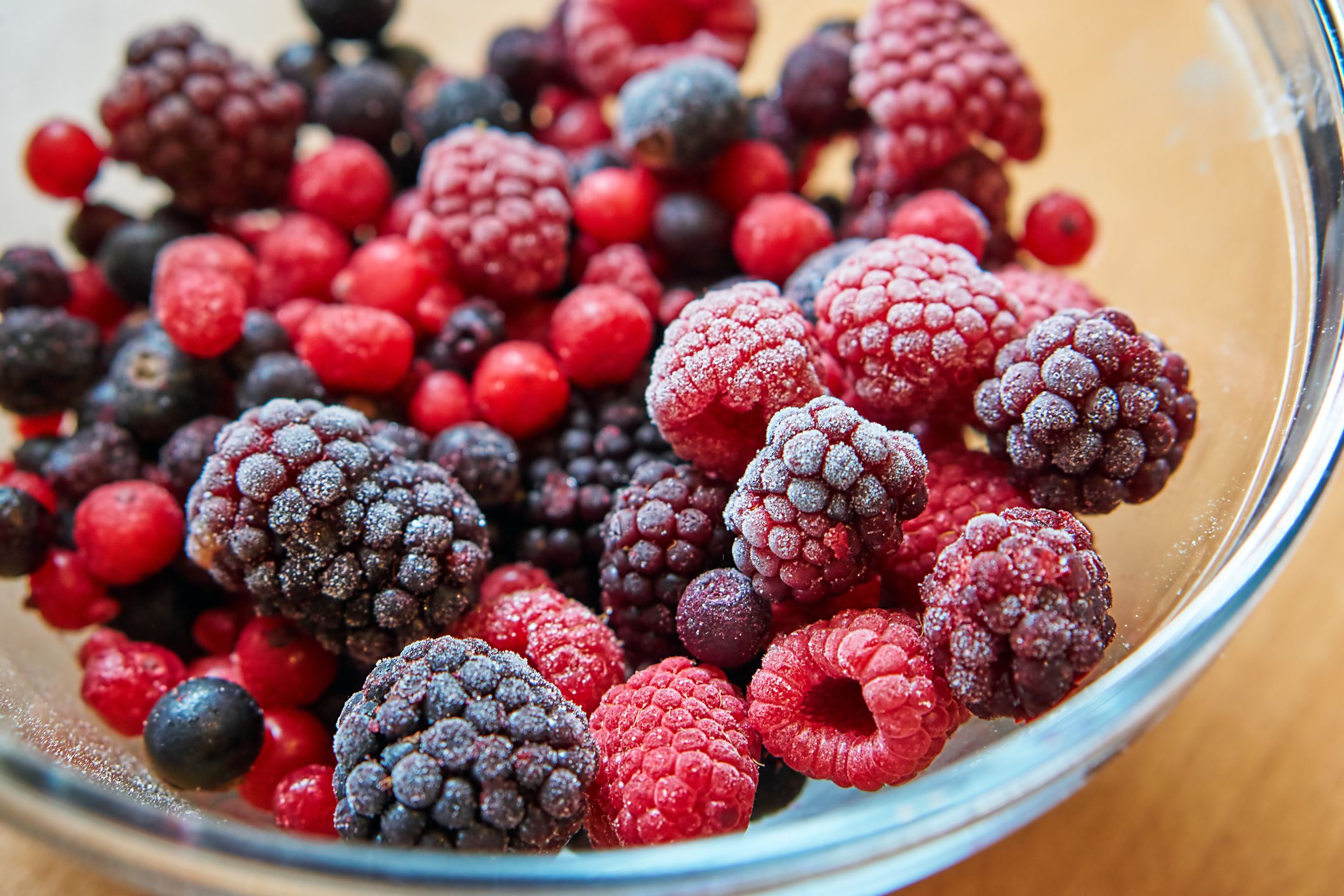
Berries offer antioxidants in addition to great flavor, both of which may be missing from a diet focused on seasonal ingredients. Frozen berries — store-bought or homemade — come in handy in the dead of winter. Use them in smoothies to deliver all the benefits of fresh berries, giving immune systems a boost.
Dried Mushrooms
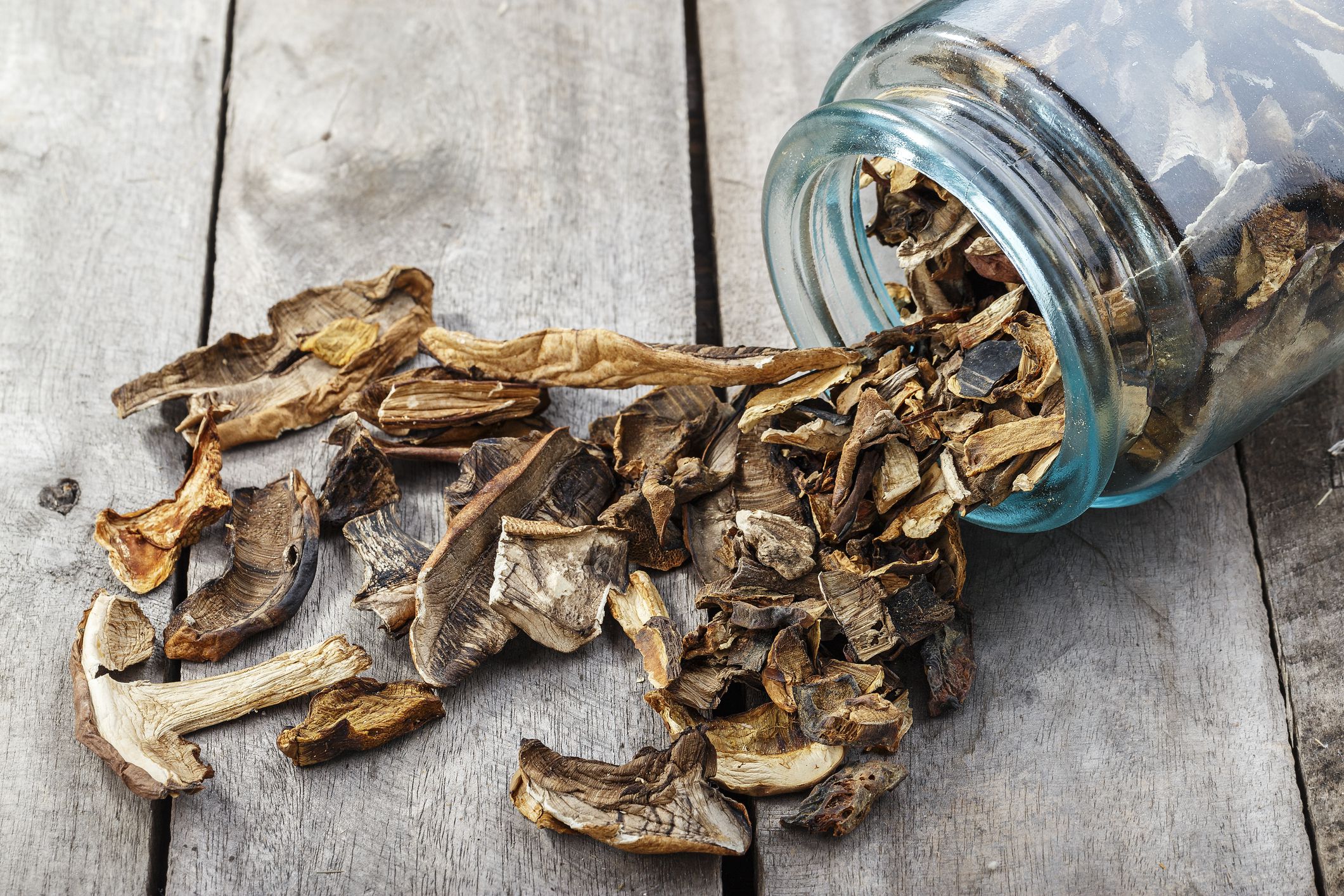
Turmeric

Spices are generally shelf-stable, and dried turmeric is one of the most beneficial. Humans have used it for hundreds, if not thousands, of years. The purported benefits are many, including decreased risk of cancer, a cure for flatulence, and seemingly everything in between. An inexpensive and trending food item, this potent spice should be mixed with a natural fat to get the most beneficial absorption, and adding a pinch to soups, stews, and stir-fries adds a rich yellow hue.
Garlic

Traditionally harvested in autumn, garlic keeps well in a cellar throughout winter. As a powerful immune booster and detoxifier, garlic is a tasty choice for cold and flu season. Indulge in this spicy flavor whenever possible to keep a body strong and taste buds happy.






